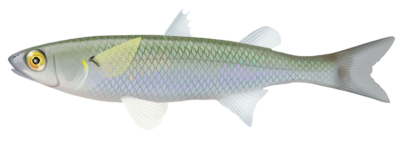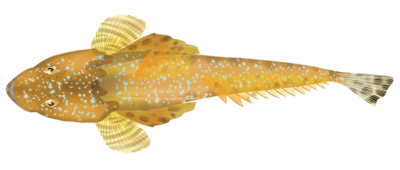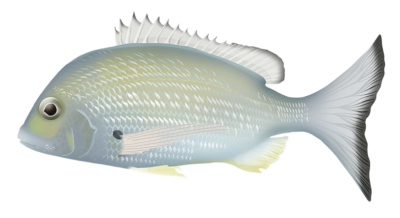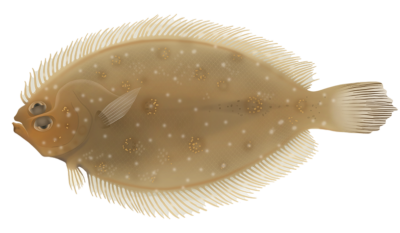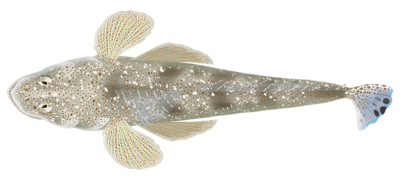Discover
Fishing Sandflat Environments
Fishing Australian Sandflats
Fishing on sand flats in Australia is a popular pastime for anglers of all skill levels, as the shallow, sandy areas provide ideal habitat for a variety of fish species. Sand flats can be found in estuaries, bays, and along the coastline, and offer opportunities to catch a range of species, from flathead and whiting to bream and tailor. Fishing on sand flats requires a different approach than fishing in deeper waters, as the water is generally shallower and the fish are often more easily spooked. Anglers will need to adopt a stealthy approach and choose their bait and lures carefully to increase their chances of success.
When fishing on sand flats, it’s important to take into consideration the tide and time of day, as this can greatly impact the feeding patterns of the fish. High tide periods can be productive as predator fish move up onto the flats in search of food. Lighter tackle and lines are often used when fishing on sand flats, as the fish are generally smaller in size and the water is shallower. Patience and persistence are key when fishing on sand flats, as the fish can often be elusive and difficult to locate.
Quick Facts
- Sandflats are highly dynamic environments, constantly changing due to tidal movements, waves, and wind.
- Sandflats are home to a wide array of species. From flathead, whiting, bream, and tailor in southern areas, to barramundi, queenfish, and permit in the tropical north, the variety of species provides year-round fishing opportunities.
- Australian sandflats often overlap with unique ecosystems like mangroves and seagrass beds, providing rich feeding grounds for many species. This ecological diversity can make sandflat fishing in Australia a unique experience.
Common fish caught on sandflats
Sand Mullet are found in shallow water close to the shore and can be targeted using light tackle. They are more active during certain tidal movements and feeding times.
Sand Whiting can be found in shallow water close to the shore and can be targeted using light tackle. These fish can be targeted with baits such as prawns and worm or with surface and shallow diving lures.

Where and how to fish sandflats
Sandflats are unique areas where the ocean meets the land and serve as a rich feeding ground for numerous species of fish. When fishing sandflats, one of the key things to look for is signs of movement or disturbance in the water. This could indicate the presence of fish feeding or moving around, especially during high tide. Look for signs such as small patches of discoloured water, ripples, or splashes. Also, watch for birds diving, as they can often indicate where the baitfish are, which can draw in the larger fish you’re after.
Structures are another key factor. Though a sandflat might look like a large, featureless expanse, there are actually many small features that can attract fish. These might include small depressions or channels in the sand, patches of seaweed, or areas where the sand gives way to mud or gravel. These can all provide cover for fish and are often where you’ll find them hanging out.
The edge of the sandflat where the water transitions from shallow to deep is another great spot to fish, as larger predatory fish often patrol these areas in search of food. The tide plays a crucial role here – during a rising tide, fish will often move onto the flats to feed, while during a falling tide they’ll tend to retreat towards deeper water.
The best bait and tackle for fishing sandflats
Choosing the right bait and tackle for sandflat fishing in Australia will depend on the species you are targeting, but there are some general suggestions that tend to work well across a variety of fish.
Baits such as live prawns, saltwater yabbies (nippers), worms, or small fish like pilchards or mullet are highly effective, as they are a natural part of the diet for many sandflat species. Artificial lures can also be very effective. Soft plastic lures that mimic the look and movement of small baitfish or prawns are a popular choice. Minnow-style hardbodies or poppers can also work well, especially for predatory species.
For tackle, a light to medium spinning setup is typically a good choice for sandflat fishing. A rod around 7 to 9 feet in length with a 6-10 lb line class is generally sufficient for most species you will encounter. This setup provides a good balance of casting distance, sensitivity, and power.
A good quality spinning reel in the 2500 to 4000 size range matched to your rod will handle most conditions and species you’ll encounter on the flats. Braided line, due to its sensitivity and lack of stretch, is often preferred. A fluorocarbon leader of around 10-20 lb can provide some abrasion resistance and is less visible to fish.
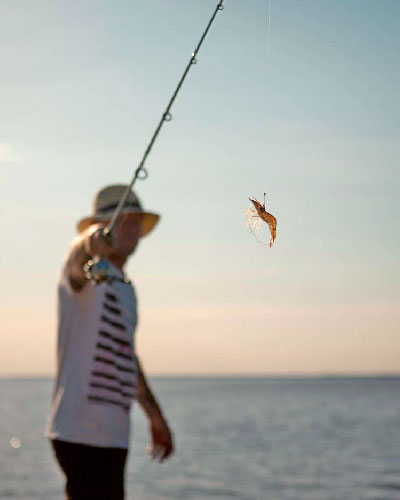
Top Target Species
Dusky flathead are known for their size and fighting ability, and can be caught using a variety of bait and lures. When fishing for dusky flathead on sand flats, it’s important to use a stealthy approach and to target areas with good structure, such as channels, drop-offs, and weed beds.
Some popular bait options include live or fresh mullet, prawns, and soft plastics, while lures such as soft vibes, hard-bodied lures and surface poppers can also be effective.

The best time and season to fish sandflats
The most suitable time and season for sandflat fishing in Australia can fluctuate based on the location and the specific fish species you’re interested in. Here are some fishing tips on seasons and times.
Time of Day:
Generally, sandflat fishing is best during the early morning and late afternoon hours. Many fish species tend to be more active during these periods, corresponding with their feeding cycles. Often times fish feed more actively during the night, dawn and dusk are times when they’re either beginning or concluding their feeding routines.
Tides:
Tidal changes significantly influence coastal and sandflat fishing. Some fish species are more active during high tide, while others are more inclined towards low tide. Broadly speaking, the transition of tides is a favourable time for fishing, as the water movement stirs up food and prompts fish to be more active. As such, fishing two hours prior to or after the peak of high or low tide can often prove productive.
Seasons:
Each fish species exhibits different seasonal patterns, so the optimum time to fish can also hinge on the fish species you’re targeting.
Summer (December to February): Warm water fish species like flathead, whiting, and barramundi are typically more active. Early morning and late afternoon fishing is usually productive due to cooler temperatures.
Autumn (March to May): This period is often heralded as an excellent time for sandflat fishing in Australia. Numerous species, including queenfish, trevally, and permit are active during this season.
Winter (June to August): Species such as bream, luderick, and tailor are commonly targeted during the winter months. Due to colder water temperatures, midday fishing when it’s warmer might yield better results.
Spring (September to November): As the water gradually warms up, many species like whiting, flathead, and mangrove jack begin to be more active. This season can be particularly rewarding for targeting species like flathead as they move into shallower water to spawn.
Bear in mind, these are just broad guidelines, and fishing can be influenced by various factors, including local weather and water conditions, bait availability, and more. Always check local fishing regulations, including size and bag limits, before heading out.
Sandflat fishing regulations
Fishing on sandflats, like any outdoor activity, requires consideration of both safety and adherence to local regulations to ensure a responsible and enjoyable experience.
Safety:
Sandflat fishing is relatively safe but being aware of your surroundings is important, below is information to help stay safe.
Tides: Understanding tides is crucial. Rising tides can flood sandflats rapidly, and falling tides can leave you stranded far from shore. Always check tide charts and be aware of tide times.
Weather: Sudden changes in weather, especially storms, can make conditions unsafe. Always check the weather forecast before heading out, and be prepared to leave if the weather changes unexpectedly.
Footwear: Sharp shells, rocks, or marine creatures can cause injuries. Always wear appropriate footwear when walking on sandflats.
Sun Protection: Australia’s sun can be intense. Wear a hat, sunglasses, and sunscreen, and stay hydrated.
Wildlife: Be aware of potentially dangerous marine life in the area, such as jellyfish or stingrays and snakes. If you’re not sure, ask local authorities or experienced anglers.
Regulations:
Fishing regulations in Australia vary by state and territory, so it’s important to consult local government websites for the most up-to-date information. Some general regulations to be aware of include:
Licensing: Depending on the area, you may need a fishing license. Check with local authorities or fishing regulatory bodies to ensure you’re compliant.
Size and Bag Limits: Australia has strict regulations about which fish can be kept, and in what quantities, to ensure sustainable fishing practices. Always check the current regulations for the species you’re targeting.
Protected Areas: Some sandflats may be part of marine parks or protected areas where fishing is restricted or prohibited. Always check if any restrictions apply to the area where you’re planning to fish.
Respect for the Environment: Leave no trace. Take all rubbish with you and treat the environment with respect.
For up to date information on sandflat fishing safety and regulations across Australia, visit the relevant state or territory government websites.
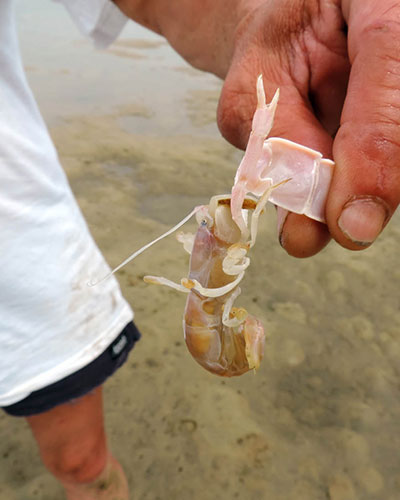
Tips and Tricks for Fishing Sandflats
Be stealthy and go light with tackle and gear.
When fishing sandflats it is important to be stealthy with your movements as vibrations, shadows and noise can spook fish easily. In addition, try using lighter tackle and gear. This provides a better feel for the bite and can make the fight more challenging. Lighter lines and smaller hooks are less visible to the fish, which will increase your strike rate.
What is the best technique for fishing on sandflats?
The best technique for fishing on sandflats is to cast your line ahead of the fish and retrieve the bait slowly along the bottom. You can also use a popping or surface lure to attract fish on the surface.
What should I look for when fishing on sandflats?
When fishing on sandflats, look for areas with a lot of activity, such as fish jumping or birds feeding, as this indicates the presence of fish. You should also look for areas with structure such as channels or drop-offs.
How to catch more flatheads along sandflats.
A quick easy tips for catching more flathead over sandflats is to study the area during low tide. Be on the look out for flathead lies (where they bury themselves) in the sand. These depressions are easy to identify and let you know where they congregate during high tide.
Get a good pair of polarized sunglasses.
Polarized sunglasses cut through the glare on the water’s surface, allowing you to spot fish in shallow water or see underwater structures that may attract fish. There is no point guessing what is under the water when polarized glasses will show you.
Cover lots of ground, don't stay put in one spot.
Don’t stick to one spot or technique if it’s not working. Being able to switch things up and adapt to the conditions can often be the key to a successful day of fishing. Fish move around and sometimes it takes a bit of time to locate them. Sandflats are large open spaces and moving around looking for structure, channels, weed beds etc is advantageous.
Search the Australian
Fish & Marine Life Database
Australian Fish & Marine Species Identification – Freshwater & Saltwater Fish, Sharks, Rays and Invertebrates of Australia.
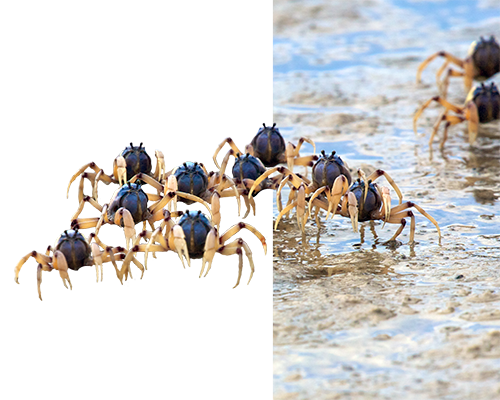
Explore Other Environments
Australia offers an incredible variety of fishing habitats, including coral reefs, rugged coastlines, pristine estuaries, sandy beaches, meandering rivers, and freshwater lakes, providing anglers with abundant opportunities for fishing – Learn more below.
Lake
Beach
River
Reef
Breakwall
Ocean rocks
Mangrove
Estuary
Discover More
Dive into our resource library to learn fun facts and get information on everything about sandflat fishing and more. All your Australian marine life and lifestyle resource in one place!
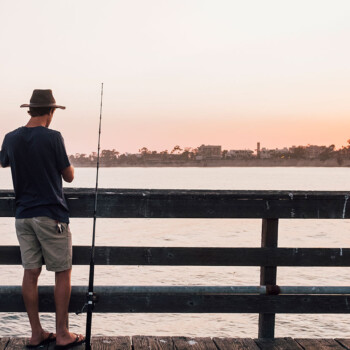
Bait Jig Rig & Variations
Bait jig rigs represent a crucial piece of tackle for the angling world, blending the art of lure design with the...

Running Sinker Rig & Variations
The running sinker rig, also known as the ball sinker rig, is an extremely popular and easy to create rig. There...
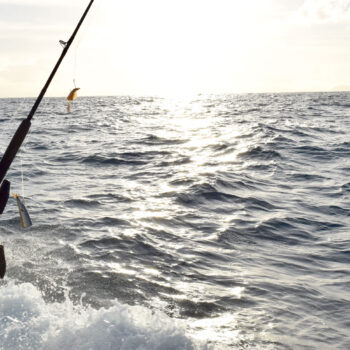
Paternoster Rig & Variations
The paternoster rig and its variations are a popular and easy rig to create. It can be created with single or...

Tips for hiring a boat
Hiring a boat is an excellent way to explore the beautiful waterways of Australia. Whether you want to go fishing,...

Top boating activities
Australia is surrounded by water, with a vast coastline and numerous lakes, rivers, and waterways, making it a...
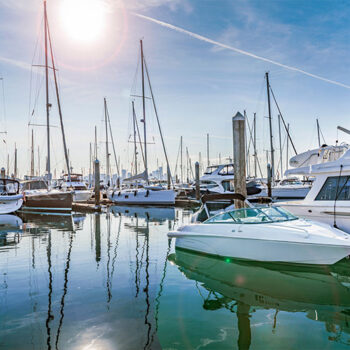
What type of boat is best for me?
Australia is a nation surrounded by water, making boating a popular recreational activity for many Australians....

An introduction to game fishing
Game fishing is a popular recreational activity in Australia. Known for its vast coastline and abundant marine...
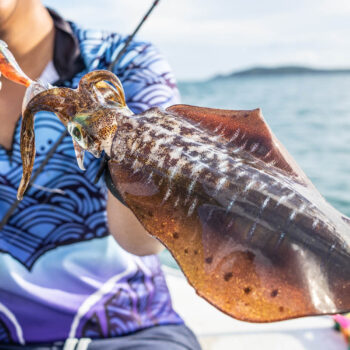
How to catch squid
Catching squid is a popular pastime in many coastal communities around the world. Whether you're an experienced...


